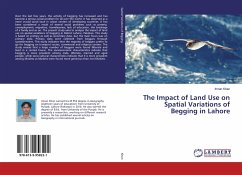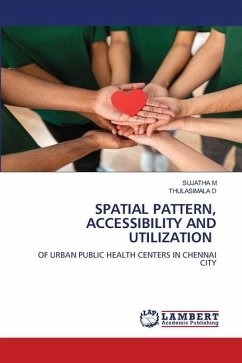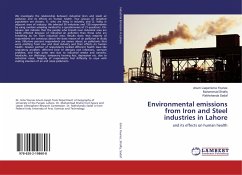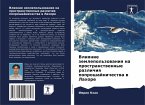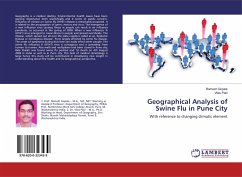This study was conducted to evaluate the dengue outbreaks pattern in spatial and temporal contexts and to identify the meteorological constraints behind the spread. The aim was to gain a complete picture of the scenario. The Lahore District was selected as the study area which was affected by mosquitoes to a great extent. Lahore is the second largest city of Pakistan with respect to its population due to its rapidly growing urbanization. The environmental factors affecting the spread of the disease have been identified and then mapped in a GIS based environment by using all the spatial and tabular data obtained from different sources. The factors affecting dengue spread were found to be Land Surface Temperature (LST), Land cover/Land use, Normalized Difference Vegetation Index (NDVI), Temperature, Rainfall, and Population Density.
Bitte wählen Sie Ihr Anliegen aus.
Rechnungen
Retourenschein anfordern
Bestellstatus
Storno


